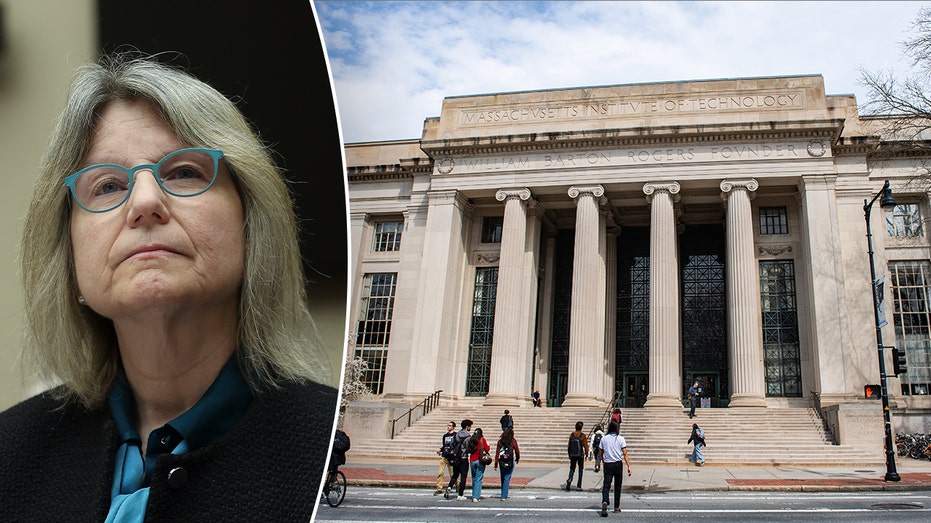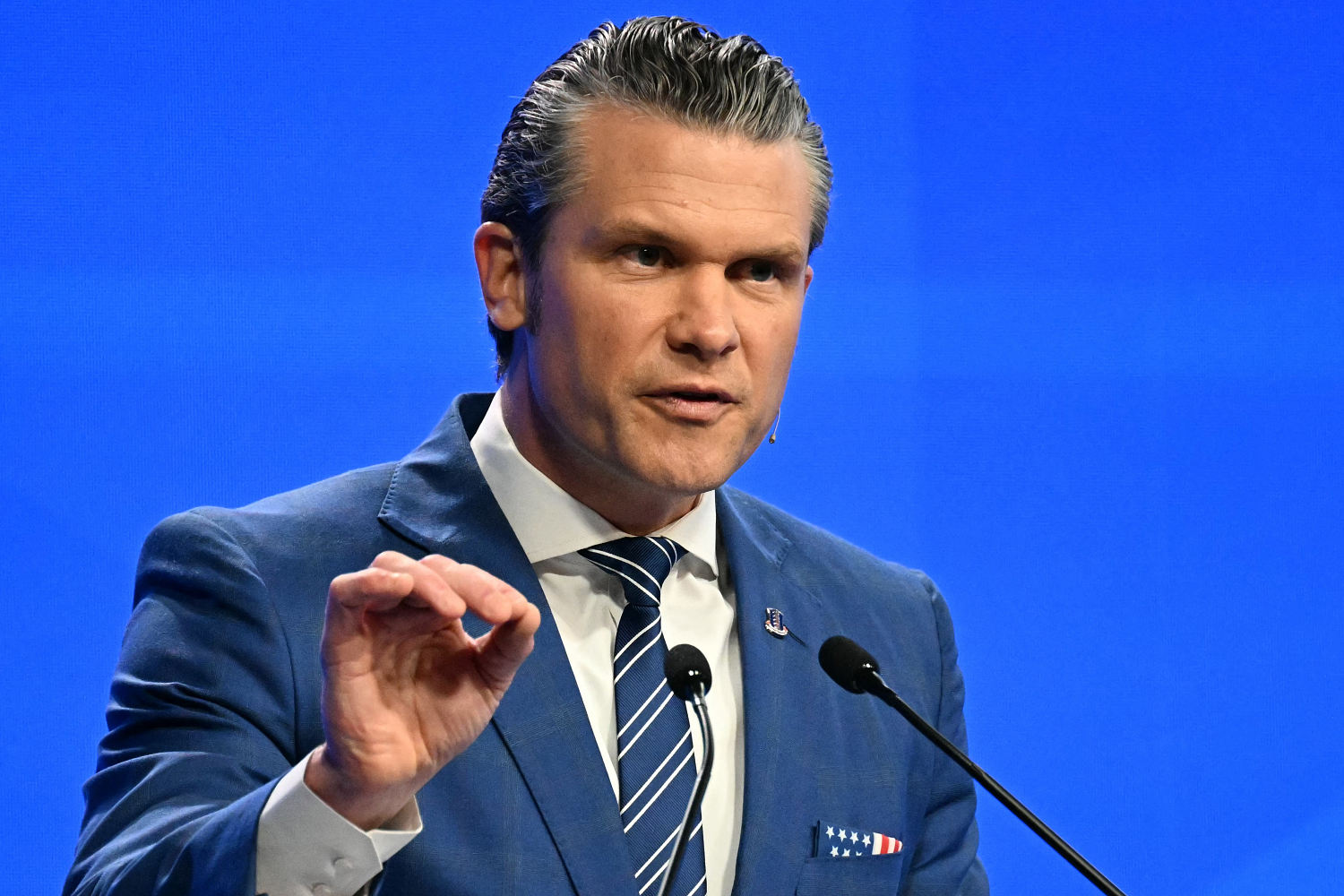
Blog
May 27, 2025 | Source: The Christian Science Monitor | by Troy Aidan Sambajon and Cameron Pugh
Using more breathable materials reduces the need for irrigation and increases tree survival.
The design, pioneered in Sweden, involves giving a tree an underground structure of soil, stone, and biochar to aerate and fertilize. These layers allow trees surrounded by concrete to absorb more oxygen and rainwater. While the pits can be costly, Stockholm found that growth for these trees outpaced that of trees without the special pits, and they handle more storm runoff.
“We found that the more breathable the materials we used, the happier the trees were,” said Björn Embrén, Stockholm’s first “tree officer.” The technique he developed two decades ago has been adopted in parts of Hungary, Spain, and the United Kingdom.
Citing a growing body of research on the positive return on investment, the United Nations Economic Commission for Europe notes that urban forests can help “future-proof” cities against growing populations and climate impacts.
The post How To Plant a City Tree, and Where Timber Beats Steel for Buildings appeared first on Organic Consumers.
.png)










 English (US)
English (US)